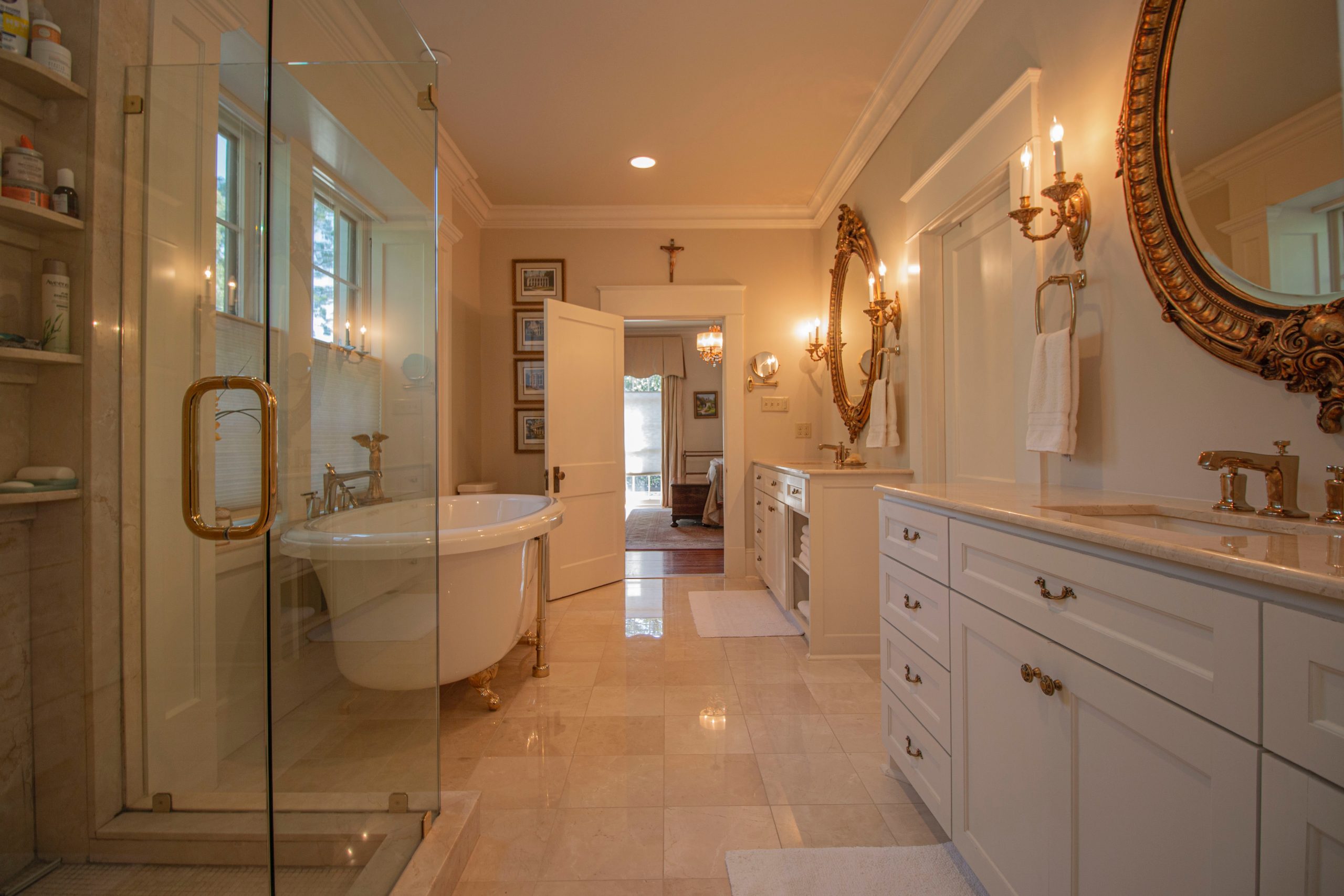What do our holiday traditions really cost?
What do our holiday traditions really cost?
Okay…we all know that visiting the Christmas Tree Lot the day after Thanksgiving can be really expensive, and prices get better the longer you can wait to get one. That’s not what I’m talking about! I wanted to know, are some of our traditions costing us in our health? After my manager shared how his family “mysteriously” gets allergies every December after bringing home a live tree, I had to do some research!
As it turns out, Christmas tree allergies are real. If you experience any of the following after bringing home a live tree or other live pine decorations, the pine may be an allergen, or it may be carrying allergens (advancedsinusandallergy.com).
- Runny nose
- Watery eyes
- Sneezing
- Coughing
- Wheezing
- Itchy eyes and nose
- Dark circles under your eyes
- Skin rash
Now that you may be making some mental connections, here is what scientists have found about homes with live trees:
- Mold: pine trees can carry 53 different types of mold! (Researchers at SUNY Upstate Medical University). Many of these are allergens and especially so for infants and children. The mold, which is attached to leaves, branches and bark, multiplies in your warm home and spores are released during the agitation of bringing the tree in, setting it up, placing lights and decorations on it and watering it. A 2007 study found that apartments containing a live Christmas had a 6-fold increase in airborne mold, which did not return to normal until after the tree was removed. Weed, grass and tree pollens were also found in the air during the time Christmas trees were in the house, because of course, live trees once lived in fields with other weeds and trees.
- The beloved pine scent emitted by Christmas trees is actually a family of VOCs called terpenes. Terpenes are made naturally in the tree sap, and real or artificial terpenes are often used in pine-scented cleaning products and home fragrances. Terpenes can unfortunately be allergenic to some people.
- Dust mites and insect droppings come with live and artificial trees that have been in storage because they naturally accumulate dust.
Bringing home a live tree is a deeply-ingrained tradition for many American families, so unless your allergies become severe, simply treating your tree appropriately may help you to suffer a lot less this season!
- Formerly, it was recommended to spray the tree down with water and allow it to dry naturally outside for a day or two, or blow off the water with a leaf blower before bringing it inside (advancedsinusandallergy.com). However, water is just what mold needs to keep growing and multiplying! Therefore, we’re going out on a limb here (pun intended) to say that the same EC3 Mold Solution Spray or Remedy Mold Treatment Spray by CitriSafe that is safe for humans and pets, is a great treatment for live and artificial Christmas trees. Yes, use that leaf blower on your live or artificial tree to remove dust outside (with a mask of course), and then give it a good misting of EC3 Mold Solution Spray or Remedy Mold Treatment Spray over every branch (don’t be afraid to use too much). This should drastically reduce the amount of mold in your home while the tree is up! Treat live garlands, wreaths and other live decorations in the same way.
- Dispose of the tree as soon as possible, because any mold that was not touched by the spray will continue to grow.
If you opt for an artificial tree, you still may suffer from allergies if it’s improperly stored. Here are some tips:
- Storing trees and decorations in unconditioned spaces like attics and basements can expose them to mold and dust. In these situations, don’t use cardboard boxes; change the storage container to a sealed plastic bin or optimally, make a little room in your conditioned space for storage.
- Use a mask when retrieving them out of storage.
- Use a cloth misted with EC3 Mold Solution Spray or use CitriSafe's Remedy Multi-Purpose Mold Treatment Wipes to wipe down ornaments and lights before adding them to the tree.
Scented candles and sprays may smell nice, but they can seriously irritate your respiratory system and add unwanted VOCs and toxic chemicals to your air. Instead, we can show you a number of ways to add holiday fragrance without the allergies in this post! With the vodka air fresheners mentioned, if you have several spray bottles, you can “decorate” your home with different holiday scents by adding drops from an assortment of essential oils like this one.
This holiday season, break the mold (pun intended) by dis-inviting mold and allergens from your decorating party: it will be less costly for your health!
Photo by lasse bergqvist on Unsplash



